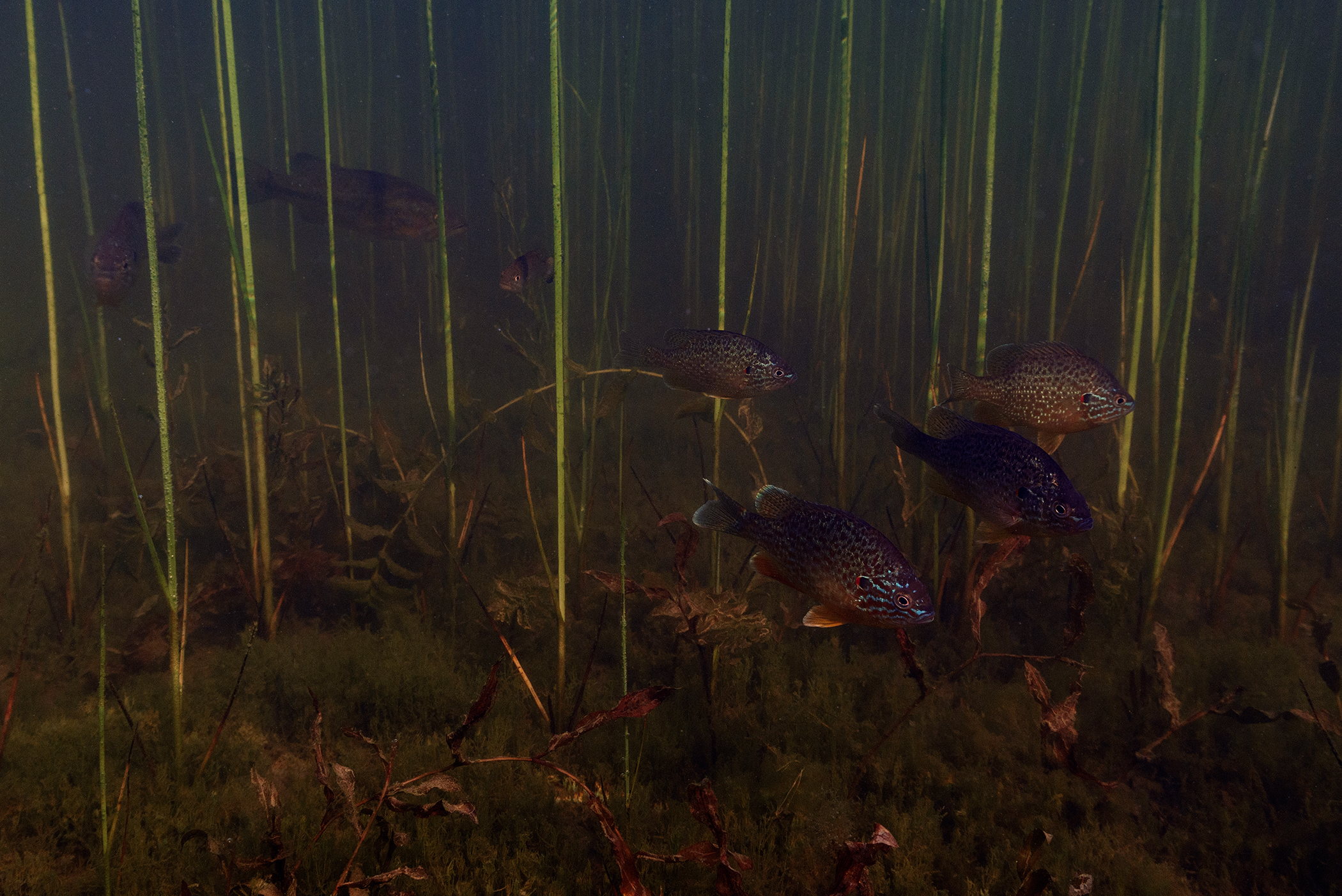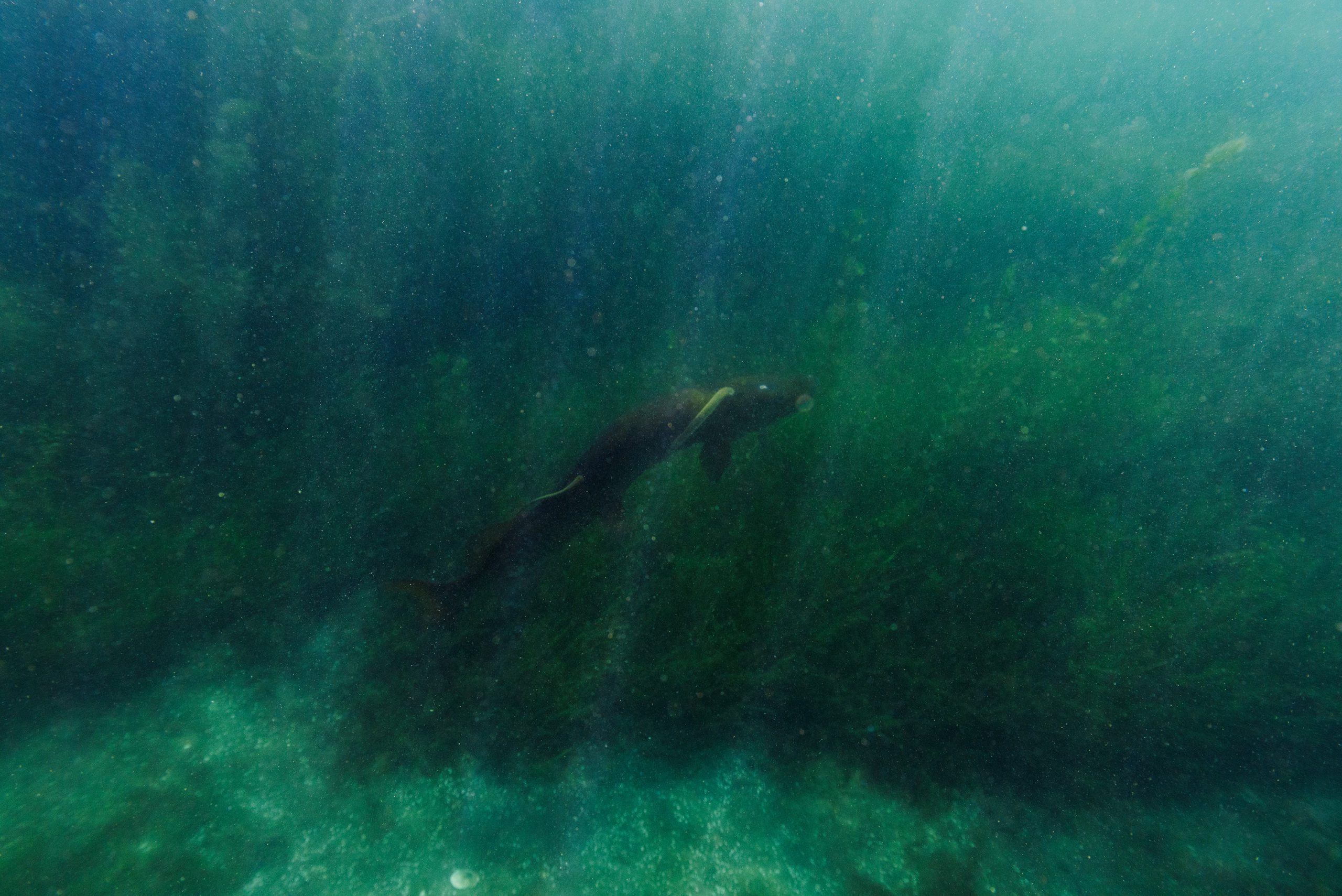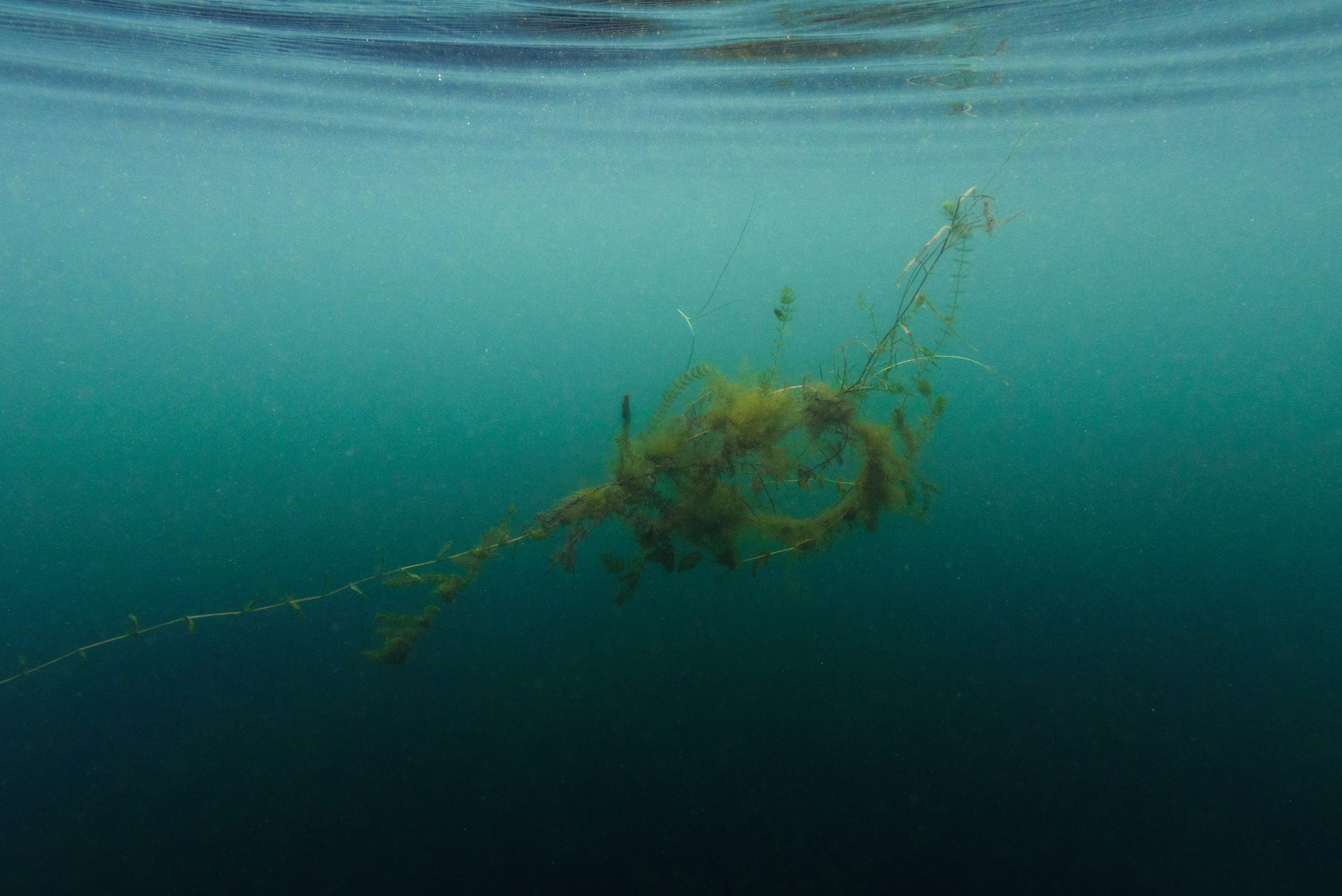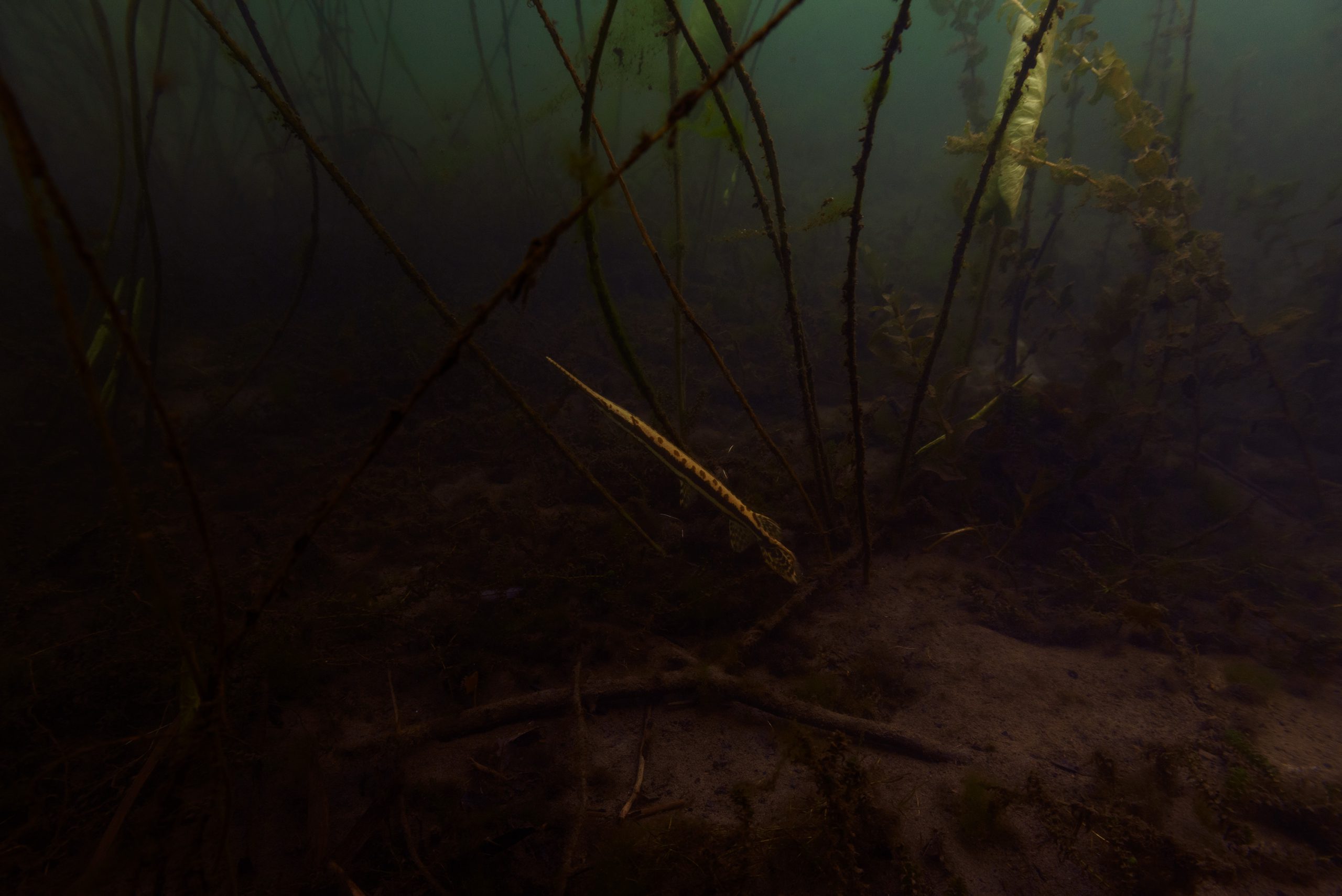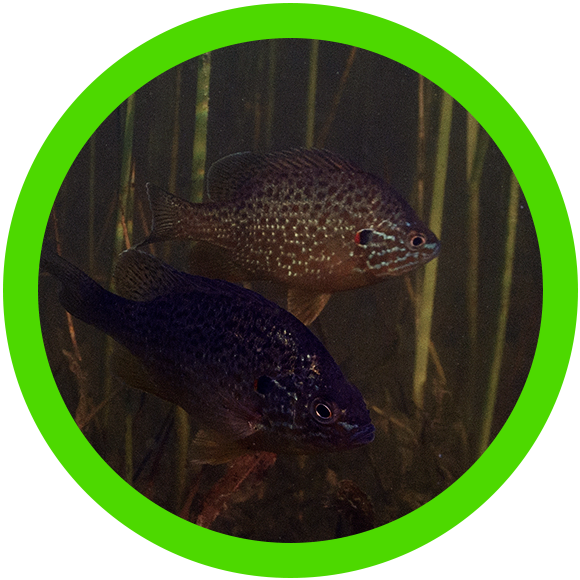
GPS: 45.0138, -74.7208
Field Guide: Stephany Hildebrand
“Littoral”
ARTIST STATEMENT
Stephany Hildebrand is an environmental technician and documentary photographer who lives and works along the St. Lawrence River. Her work reflects on the interconnectedness of organisms, anthropogenic pressures, and natural processes in aquatic habitats. Littoral is a photographic series documenting nearshore habitats in the Upper St Lawrence River. Littoral zones of lakes and rivers are the intermediate area between land and water, where sunlight penetrates the sediments triggering the growth of plants and algae. These blooms lend themselves as food and homes for other organisms—this is a birthplace, a hunting ground, a transitionary area—supporting a diversity of species.
Exploring how these systems change over time allows us to understand how human activity affects ecosystems on a large scale. Through photography and science, Stephany aims to produce images that will increase public awareness about these sensitive ecosystems.
